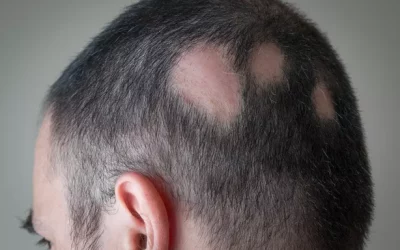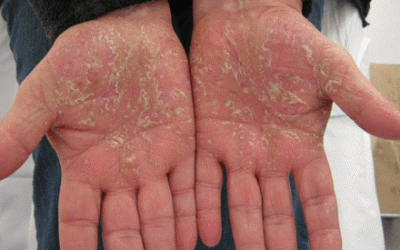Atopic Dermatitis in Children: Causes, Symptoms, and Treatment
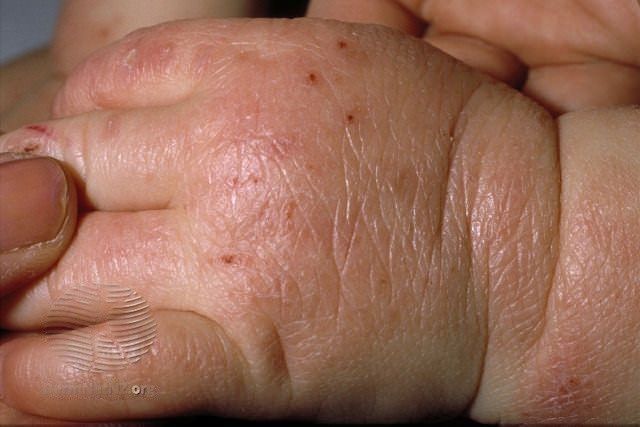
- Worldwide, 5-20% of children suffer from atopic dermatitis
- In the majority of sufferers, the symptoms disappear by adulthood, although they may recur later
- The disease is characteristic for children with other allergic diseases
- The manifestation of atopic dermatitis is strongly influenced by heredity
Risk factors
The occurrence of atopic dermatitis can be provoked by certain factors:
- Įvarious allergens: food, environmental (house dust, dust mites, pollen and others), contact allergens (nickel, chromium and others)
- Skin drynesss
- Skin infections
- Irritants (wool, synthetics, washing powder, building materials and others)
- Bad climate, frequent sweating
- Psychological stress
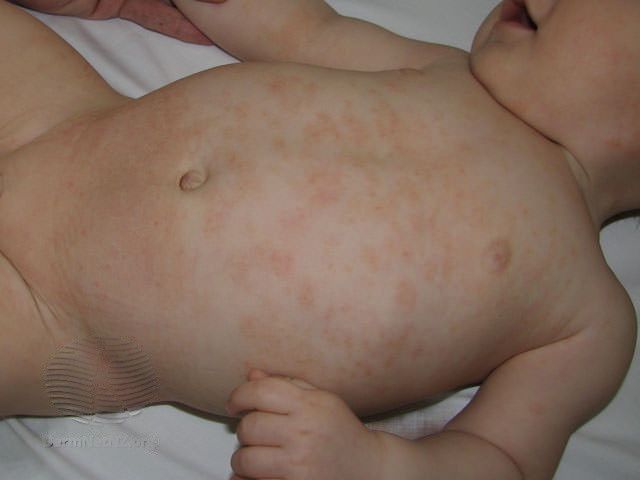
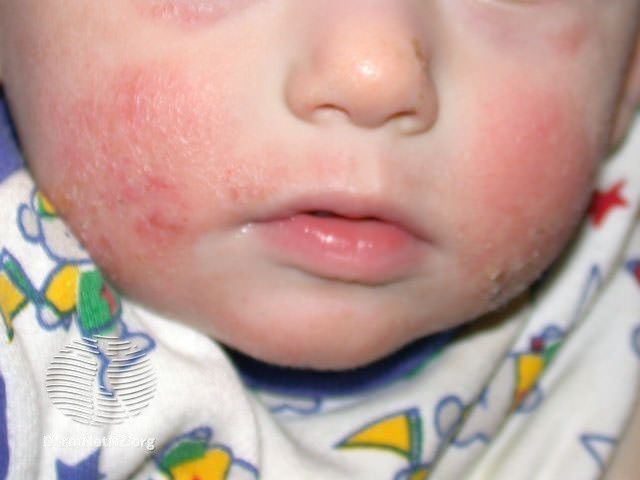
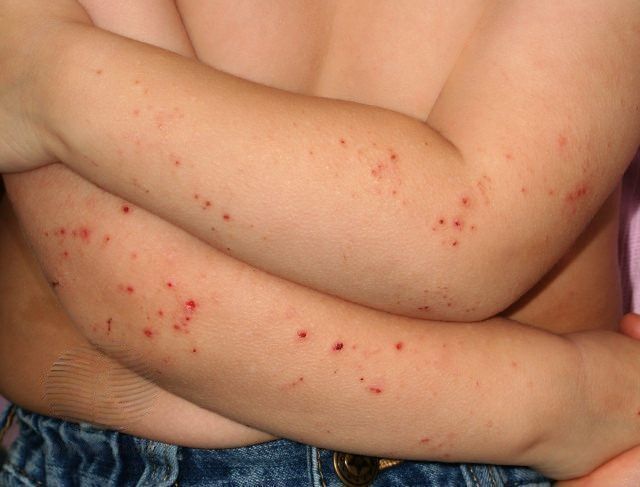
Atopic dermatitis in babies and young children (up to 4 years) manifests itself a little differently than in adults:
- red, palpable bumps on the skin of a limited area of various sizes, blisters are characteristic
- redness of the skin, urination, scabs prevail
- characterized by severe itching
- sleep and mood problems can contribute
- localization: face, neck, chest, hairy part of the head, extensor (external), and less often flexor (internal) surfaces of the limbs
The patient’s survey and examination data are usually sufficient to establish the diagnosis. Atopic dermatitis is often characteristic of children with allergic diseases, so additional tests may be performed:
- Blood test to determine the concentration of IgE
- Skin allergy samples
- Skin biopsy (in rare cases, to confirm the diagnosis)
Treatment
During the consultation, the treatment is selected for each patient individually, taking into account the patient’s general condition, age, severity of the disease. For treatment can be used:
- Moisturizing creams, emollients
- Hormones (glucocorticoids) and other ointments
- Antihistamines
- Antibiotic ointments or oral medications (in case of secondary bacterial skin infection)
- Phototherapy
- Medicines that alter the immune system
Other general measures are also important:
- Cut your child’s nails short to prevent scratching and subsequent secondary bacterial skin infection
- Use special hygiene products for sensitive skin
- Avoid irritants, allergens

Insect Bites: Symptoms, Treatment, and Prevention Tips
Insect bites can cause itching, swelling, and irritation. Proper treatment helps reduce discomfort and prevent infections. Learn how to identify insect bites, manage symptoms, and protect your skin from future bites.
Focal alopecia
Focal alopecia causes patchy hair loss, often resulting in bald spots on the scalp. Early treatment is key to managing the condition and promoting hair regrowth, helping to restore both hair and confidence.
Palmoplantar pustulosis
Palmoplantar pustulosis is a chronic skin condition that causes painful pustules on the palms and soles. Effective treatment focuses on managing flare-ups, reducing discomfort, and improving skin health through targeted therapies.



